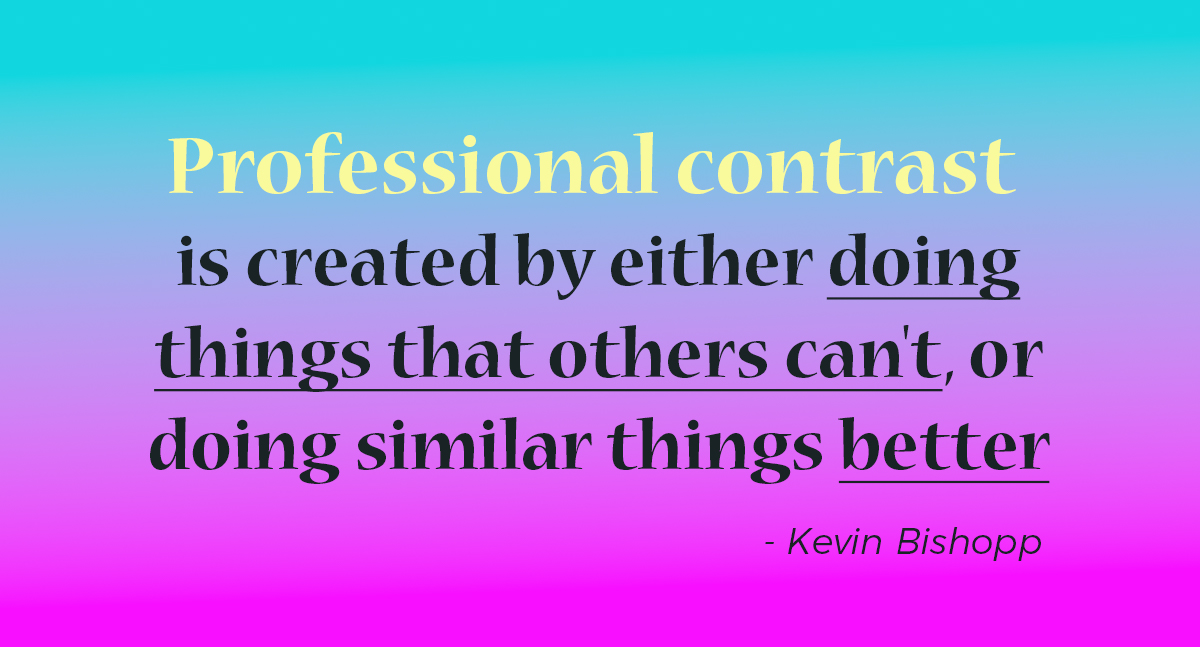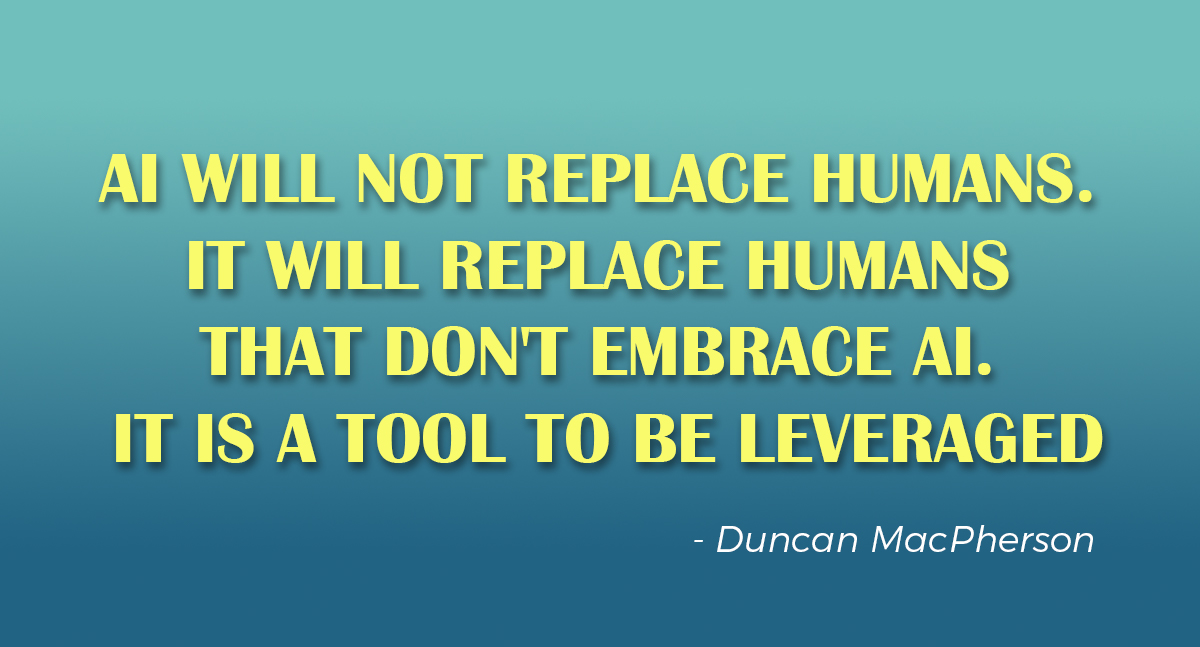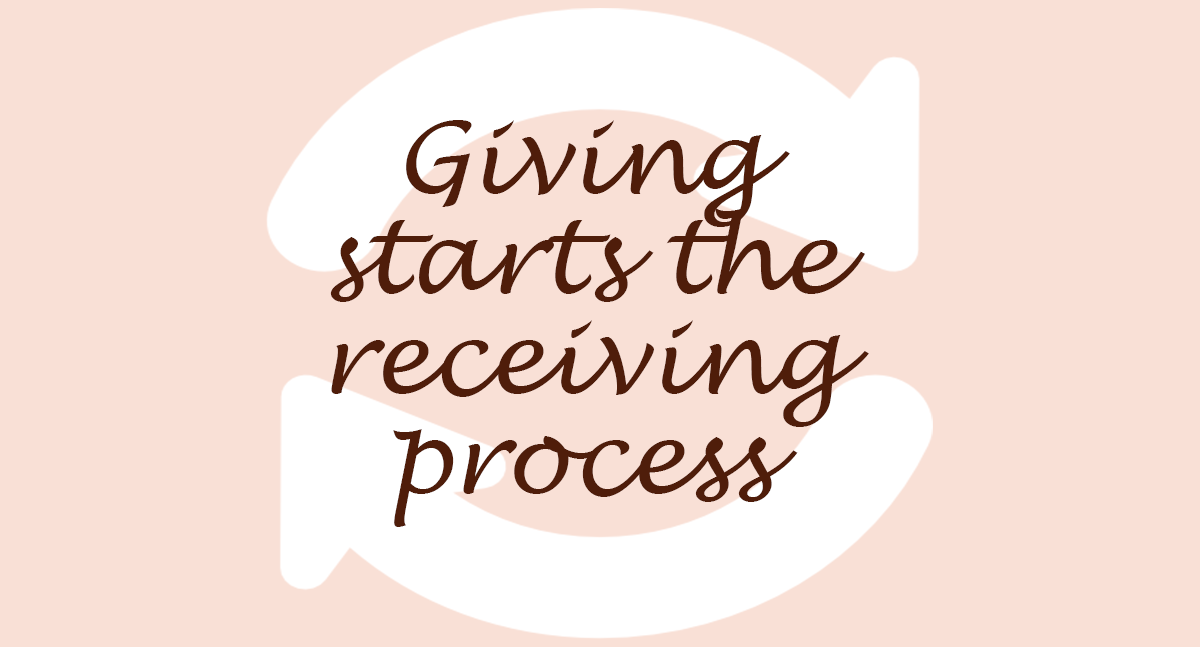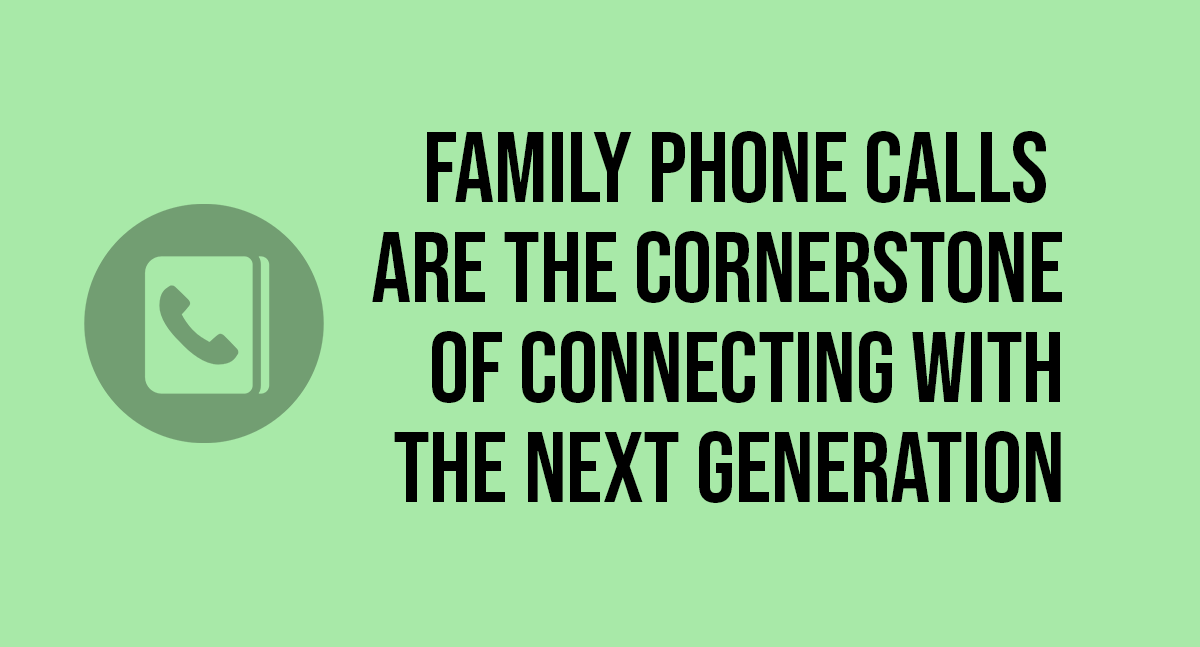Are you looking to transform your business with the latest AI technology? Or just simply want to understand what is out there?
Our new guidebook is the starting resource for Advisors that want to stay competitive, enhance their marketing and client experience strategy, and become a thought leader in their own right.
Download the Guide
Proven Strategies Blog
"Professional contrast is created by either doing things that others can't, or doing similar things better." - Kevin Bishopp
In the competitive world of financial advising, standing out is crucial. Many Financial Advisors struggle to differentiate themselves, leading to a crowded market where it's hard to shine.
To create a strong professional contrast, focus on two strategies: innovate in ways others can't or excel in areas where others are simply adequate. This means either pioneering unique services or perfecting existing ones to offer unparalleled quality.
Embrace AI and other cutting-edge tools to automate routine tasks and free up your time for what truly matters - building deeper client relationships and providing exceptional service. By doing so, you not only enhance your value but also secure your place as a leader in the industry.
For more on this and more about how Advisors can utilize AI to help elevate their business and their client experience listen to episode 61 of The Always On podcast. I have a meaningful conversation with Kevin Bishopp, Vice President and Performance Coach for the Advisor Consulting Group at First Trust, titled "AI Insights and Breakthroughs."
Stream the newest episode of Always On:
Apple Podcasts: paretosys.co/ao_ap
Spotify: paretosys.co/ao_sp
Find Your Channel: paretosys.co/ao_bb
Wondering how to better connect with high-net-worth clients? Financial Advisors are using AI to gain deeper insights into client needs and enhance their advisory services. By asking targeted questions through AI tools like ChatGPT, advisors can understand client perspectives, both technical and emotional, and refine their approach to stand out. Discover how a strategic framework for AI prompts can transform your client interactions and elevate your professional value.
Stream the entire "Always On" podcast featuring Kevin Bishopp, VP and Performance Coach for the Advisor Consulting Group at First Trust, by clicking one of the links below:
Apple Podcasts: paretosys.co/ao_ap
Spotify: paretosys.co/ao_sp
Find Your Channel: paretosys.co/ao_bb
Many Financial Advisors fear AI will make their roles obsolete, creating resistance to technological adoption.
This resistance can lead to obsolescence, as competitors who embrace AI gain efficiency and provide superior client service.
AI is not a replacement but a powerful tool to enhance your capabilities as a Financial Advisor.
By leveraging AI, you can improve productivity, reduce manual tasks, and offer more personalized client interactions.
Embrace AI to secure your future in the industry.
Discover top AI tools and software to elevate your marketing and client experience strategy. To download our guide, "Top AI Strategies for Financial Advisors" click here: paretosys.co/ai-strategies
AI in Action: Boosting Productivity
Struggling to keep up with content creation and research? Financial Advisors are leveraging AI to transform their workflows and enhance efficiency. From drafting client emails to generating blog outlines and simplifying research, AI tools like ChatGPT provide instant, high-quality insights tailored to specific needs. Discover how adopting AI can save time, reduce effort, and deliver superior results, enabling you to focus on what truly matters.
Stream the entire podcast featuring Kevin Bishopp, VP and Performance Coach for the Advisor Consulting Group at First Trust, by clicking one of the links below:
Apple Podcasts: paretosys.co/ao_ap
Spotify: paretosys.co/ao_sp
Find Your Channel: paretosys.co/ao_bb
This clip is an excerpt from episode 61 of the "Always On with Duncan MacPherson' financial advisor podcast featuring Kevin Bishopp, Vice President and Performance Coach for the Advisor Consulting Group at "First Trust
WATCH the entire video clip on YouTube
AI Insights and Breakthroughs - Especially for Advisors! with Kevin Bishopp - Always On with Duncan MacPherson Podcast, Ep. 61
AI will not replace humans. It will replace humans who don't embrace AI.
Ever-curious advisors committed to learning about AI's latest uses are more likely to achieve professional contrast and elevate their client experience!
To learn what's new with AI (especially for advisors), join Duncan MacPherson's conversation with Kevin Bishopp, Vice President and Performance Coach for the Advisor Consulting Group at First Trust. They explain why you shouldn't fear AI, but rather leverage it for content creation, research, client communications, and much more.
They discuss:
- The evolution of AI from early machine learning to generative AI
- Practical applications of AI for financial advisors " with specific examples
- How to use AI to see through the lens of your clients and discover unmet needs
- Easy-to-use prompts you can start using right away
- Recent AI breakthroughs and future potential
- And more
Stream the full podcast for valuable insights by clicking one of the links below:
Apple Podcasts: paretosys.co/ao_ap
Spotify: paretosys.co/ao_sp
Find Your Channel: paretosys.co/ao_bb
Leading with generosity can significantly enhance your client acquisition efforts. When you focus on giving"whether it's advice, time, or resources"you create an environment of trust and goodwill. This approach naturally attracts clients who appreciate the value you provide without expecting anything in return.
Giving first sets the tone for a positive client relationship and can lead to increased referrals and opportunities. It shows that you are genuinely invested in your clients' success, which can encourage them to reciprocate with their loyalty and recommendations. This mindset shift can transform the dynamics of your client interactions and drive sustainable growth.
Learn more about these proactive strategies to enhance your client relationships in our latest podcast episode with Jackie Wilke, VP of Advisor Consulting at First Trust, where she shares her expert insights and actionable tips.
Stream the "Always On" podcast featuring Jackie by clicking one of the links below:
Apple Podcasts: paretosys.co/ao_ap
Spotify: paretosys.co/ao_sp
Find Your Channel: paretosys.co/ao_bb
Family phone calls are a vital tool for connecting with the next generation of clients. These calls serve as a proactive introduction, helping you build relationships with younger family members who will one day inherit wealth. By establishing this connection early, you position yourself as their trusted advisor from the start.
Regular family phone calls demonstrate your commitment to the entire family's financial well-being. They provide a platform for open communication and personalized service, ensuring that younger clients feel valued and understood. This strategy helps secure the future of your advisory practice by fostering loyalty across generations.
Learn more about these proactive strategies to enhance your client relationships in our latest podcast episode with Jackie Wilke, VP of Advisor Consulting at First Trust, where she shares her expert insights and actionable tips.
Stream the "Always On" podcast featuring Jackie by clicking one of the links below
Apple Podcasts: paretosys.co/ao_ap
Spotify: paretosys.co/ao_sp
Find Your Channel: paretosys.co/ao_bb
Building Client Relationships in the Digital Age
Financial Advisors must navigate the delicate balance between leveraging technology and maintaining personal connections with clients. Younger generations, influenced by digital-first experiences, may undervalue the comprehensive services advisors offer. By maintaining a strong virtual presence and using educational content to guide clients, advisors can build trust and demonstrate their value. Emphasizing personal touches, even virtually, helps clients feel understood and valued, fostering long-term relationships.
Stream the "Always On" podcast featuring Jackie Wilke of First Trust by clicking one of the links below:
Apple Podcasts: paretosys.co/ao_ap
Spotify: paretosys.co/ao_sp
Find Your Channel: paretosys.co/ao_bb

















